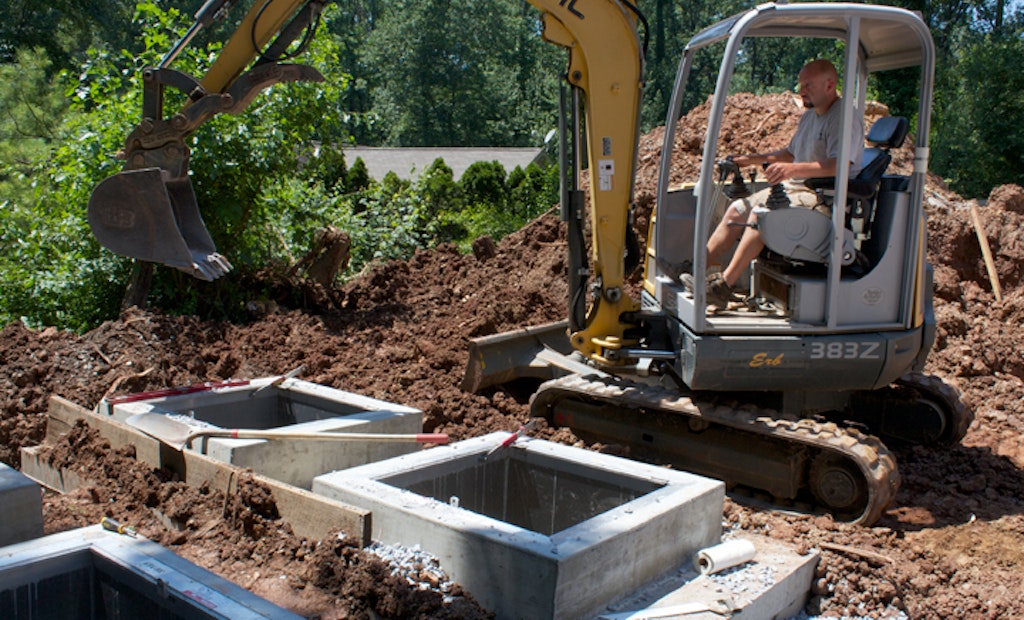
Interested in Onsite Systems?
Get Onsite Systems articles, news and videos right in your inbox! Sign up now.
Onsite Systems + Get AlertsI read a blog recently from a wastewater treatment plant operator that suggested homeowners do not need to worry about using household cleaners, cleaning and washing paintbrushes or flushing other toxic materials down the drain. The reason? The bacteria in wastewater treatment plants are capable of adjusting to the wastewater stream. While there might be a brief period of time the plant does not perform as well as it should, the blog argued that bacteria would quickly adjust and regain that capacity.
Of course, homeowners connected to city water and sewer can be somewhat more lax when flushing cleaners, but what if someone served by a septic system read this? They may not understand the glaring difference between the two treatment trains — flush and forget.
This is not good advice for anyone who relies on an onsite system, and it should raise numerous red flags for installers.
One of the primary reasons this is poor advice is just the volume of wastewater and capacities involved in onsite treatment. An individual system does not allow for proper dilution of materials washed down the drain, and there is not as much opportunity for the bacteria to immediately recover because the flows are not that large.
Many of you have received calls about effluent screens plugging with solids prematurely on systems recently put into operation following either new construction or remodeling. You open the tank and see a lack of normal separation, which indicates a problem with the anaerobic digestion process in the tank and the bacteria. Why does this happen in new systems?
Often, during new construction and remodeling, the onsite system and the water supply are operable. Solvents and cleaning materials used in painting, staining and tile installation get washed down the drain and end up in the septic tank.
If the homeowner has been a good customer, they tell you they are planning a remodel. This is your opportunity to discuss tank cleaning during — and following — the project. Ensuring any solids that end up in the tank are removed will help them avoid an emergency service call down the road.
If a homeowner builds a new home, assuming you are their go-to service provider, discuss proper care and maintenance of their system — before they move in — to avoid problems, and explain the importance of starting with a clean tank.
Another helpful practice is a follow-up about three months after initial startup of a new construction or after a completed remodel to inspect the tank and ensure it’s operating properly. This follow-up could be included as part of the initial service, so the customer sees you are committed to helping them keep their system functioning for a long time. This also gives you another chance to touch base and answer questions the homeowner has about proper care and feeding of the onsite system.
Check out the Troubleshooting series for more tips and tricks.
About the Author

Jim Anderson is connected with the University of Minnesota onsite wastewater treatment education program, is an emeritus professor in the university’s Department of Soil Water and Climate, and education coordinator for the National Association of Wastewater Technicians.
Send him questions about septic system maintenance and operation by email to kim.peterson@colepublishing.com.





